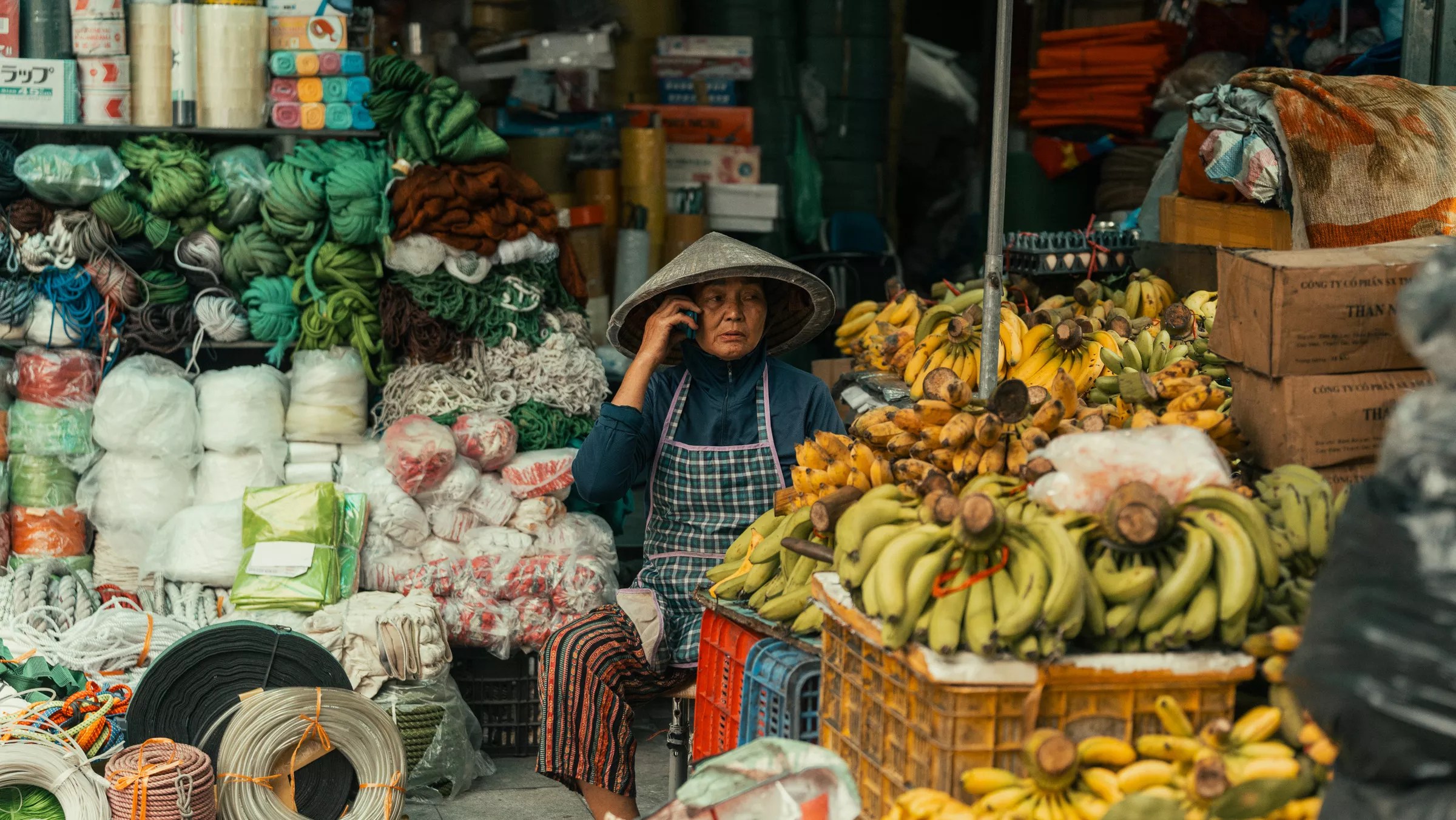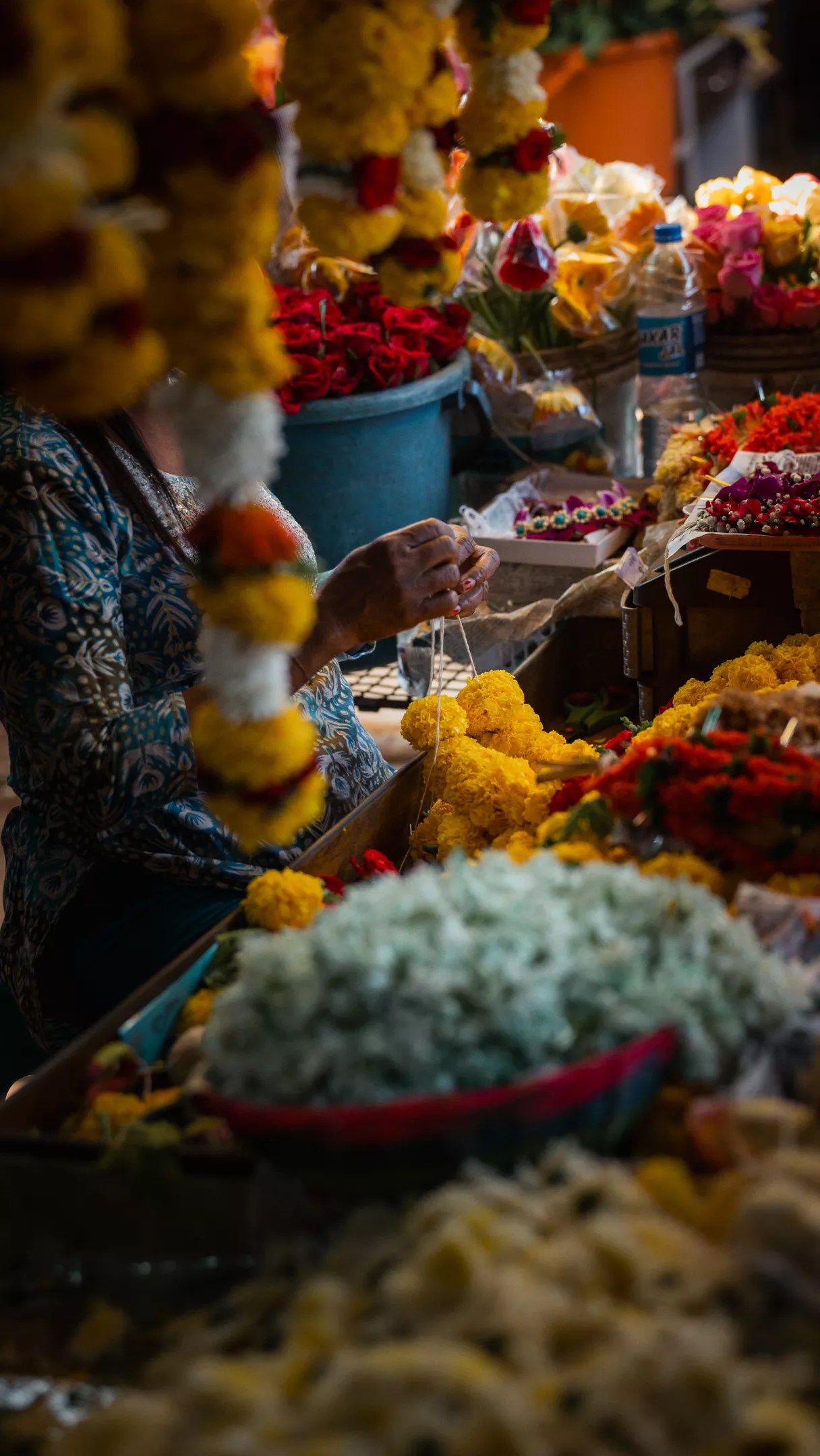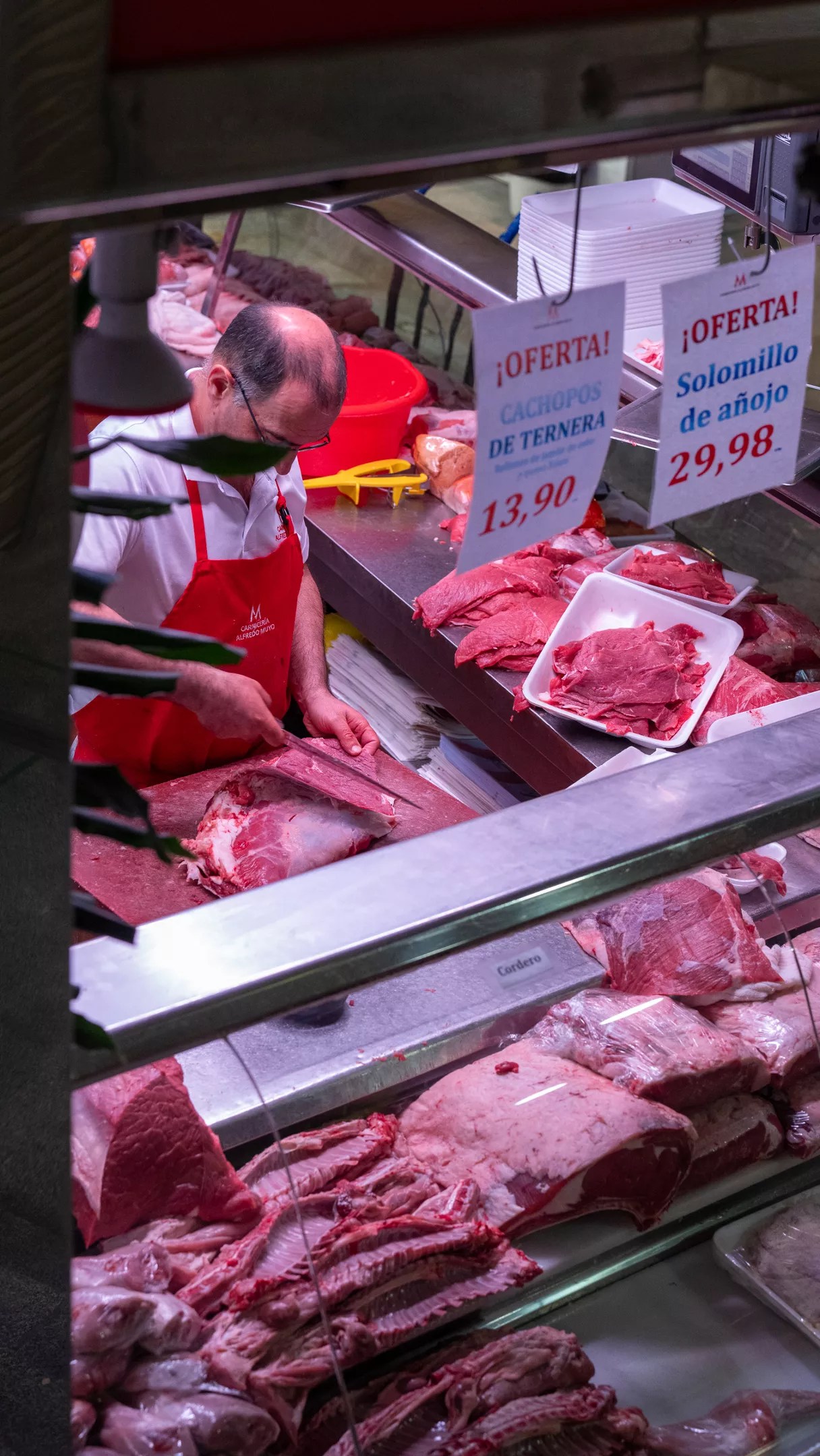
Courtesy of Jeff Fierberg

Audio By Carbonatix
Food and cultural markets are more than just places to shop; they are vibrant centers of community life and centuries-old traditions. Modernization and urban redevelopment pose increasing threats to these spaces, however. That’s why photographer Jeff Fierberg embarked on a yearlong journey to capture the fleeting beauty of eight markets around the world.
“Markets as a concept are fairly threatened,” Fierberg says. “Much of the developing world is developing and developing quickly, with very little restraints or government for protection. Some of the markets that are in the show are literally having their buildings torn down around them and rebuilt. Markets are being removed from the culture. In many ways, my show and body of work seek to create a touchpoint for people to understand what they are if they have not been or to remind you of them if you have, but also to bring them into markets and their importance.”
His latest exhibition, MRKT, opening March 1 at Bitfactory Gallery, captures the heart and soul of food and cultural markets worldwide. As part of the Month of Photography Denver, a biennial festival that’s been celebrating the art of photography through public exhibitions and events since 2004, this exhibition is a combination of Fierberg’s two main passions – travel and food – developed through years of global photography.
Over the course of a year, he visited markets in England, Hong Kong, India, Italy, Mexico, Spain, South Korea and Vietnam, capturing 19,000 photographs. “I spent a lot of time in these markets just as a consumer,” he says. “One of the most impactful moments came in the Kowloon Market. I was there with a friend and her mother. My friend is from Hong Kong and her mother is from Kowloon, and we didn’t know this when we went to this market, but my friend’s mother met her father at this market. There was this moment of kind of retracing a full family history through this market.”
When news happens, Westword is there —
Your support strengthens our coverage.
We’re aiming to raise $50,000 by December 31, so we can continue covering what matters most to this community. If Westword matters to you, please take action and contribute today, so when news happens, our reporters can be there.
The exhibition includes 51 curated images, selected in collaboration with curator Susan Aplin and Fierberg’s wife, Sky Armstrong, to convey the essence of these markets. From intimate portraits of market-goers to sweeping shots of bustling alleys, the collection aims to transport viewers into the heart of each location.
“These markets were selected for one of two reasons: 1) prior knowledge and 2) access,” Fierberg says. “There’s a big list of markets that I wanted to do for this. Some of which you can’t get to with the U.S. passport and some of which probably aren’t safe for one individual to go to. Once you get to the market, a lot of the work is just listening and paying attention. The really difficult thing is I wanted to show as much of what it felt like to be in the markets as possible. Susan and I worked really hard on trying to get a full picture of being there. Our goal is just to put you in the center of the market as much as I can with a small number of photos.”

“Photography is one of the hardest mediums to work with in fine arts because it is perceived as the easiest,” says curator Susan Aplin.
Courtesy of Jeff Fierberg
Unlike many art exhibitions, MRKT is entirely self-funded, allowing Fierberg complete creative freedom. “This is an area of my life where I am kind of a control freak,” he admits. “I do so much creative work that I don’t control; my entire life is client work for my production company, Bowery Creative Dept., where I’m producing what other people wanted produced. This is a part of my life that I hold on to dearly.”
Self-funding also means Fierberg retains ownership of all images, ensuring their future use without external constraints. “The body of work is all sitting on a hard drive,” Fierberg says. “Because this was self-funded, I own all of these images and we can do anything we want with them. A grant can help us print more or show in an exhibit somewhere but work’s done, and it’s mine.”
The exhibition’s venue, Bitfactory Gallery, was a natural choice. Having previously collaborated with gallery owner Bill Thomason on 72 Hours: Seoul in 2023, an exhibition in which he traveled to the city for 72 hours with no plan and photographed what he saw, he and Thomason welcomed the opportunity to work together again.
“This is the third Month of Photography show we’ve done,” Thomason says. “They approached me last year about this. I had not met Jeff or Susan prior to 72 Hours, but after working with both of them, quite enjoying it and seeing the caliber of Jeff’s work, I had no trepidation whatsoever about letting them use the space for this kind of show. I said yes as soon as the words came out of their mouths.”
Month of Photography Denver, organized by the Colorado Photographic Arts Center, provides a crucial platform for photographers like Fierberg. “To give a stage to photography every two years like this is of great importance,” he notes. “It gives an underrepresented medium space to kind of become the dominant medium for a month every other year.”
“Photography is one of the hardest mediums to work with in fine arts because it is perceived as the easiest,” curator Susan Aplin adds. “People see a picture and think, ‘I could have taken this. Why is this on display?’ Carving out a time where many of the galleries are participating in photography exhibits all at one time elevates it to allow the audience in Denver to see photography as more than just something that can be taken on a camera phone.”
With art sales declining because of economic uncertainty, shifting consumer spending habits and increased competition from digital art platforms, MRKT prioritized multiple points of entry.

Month of Photography Denver is an important platform for photographers like Jeff Fierberg.
Courtesy of Jeff Fierberg
“It’s very important to me that my art is accessible,” Fierberg says. “Having somebody walk into the show and leave spending $50 for a piece of art is a great value to me. We want to make money and be financially successful, but based off of the market trends, we wanted to introduce multiple price points to allow for anybody to really have the ability to be a part of the show and to have something to hang on their wall. The beauty of photography is that I can do that and I can do that with ease.”
The photographs are printed on metallic paper or airplane-grade metal, and are available in “one of one” editions on Bitfactory’s website, allowing viewers to order their preferred size and material throughout the show’s run. This tangible accessibility serves as a poignant reminder of cultural shifts and fading traditions in the local community.
“An early correlation I made was that this reminded me of my childhood in rural Colorado,” Hudson says. “You used to be able to go to a butcher shop or produce market, but all that slowly dried up. In the cities, these places were gone quick, but in my lifetime they started drying up in the rural areas. Now you go to a supermarket, no matter where you are. This wiping out of a connected understanding of our source of food is being lost around the world. Jeff is preserving a piece of history that is getting wiped out.”
Fierberg’s goal is to preserve the spirit of these markets while encouraging viewers to consider their cultural significance. His images bridge the gap between memory and reality, encouraging viewers to consider their own connections to food, culture and place, while emphasizing the importance of preserving these spaces.
“This series isn’t about nostalgia,” Fierberg says. “It’s about survival. The people, the smells, the sounds – they tell the story of who we are and where we come from. They’re not just part of our history; they’re a lifeline to something raw and real in a world that’s increasingly plastic and sterile.”
MRKT opens Saturday, March 1, and runs through Saturday, March 29, at the Bitfactory Gallery, 851 Santa Fe Drive, as part of the Month of Photography. Learn more from bitfactory.net.